June marks National Safety Month, an initiative started by the National Safety Council in 1996 to enhance safety awareness and reduce workplace injuries and fatalities across the United States.
Celebrating 28 Years of Safety
As American Workforce celebrates an 11-year anniversary of Workplace Safety, the focus remains on promoting strong safety protocols and education across all sectors of employment.

- Tool Safety: It’s crucial to inspect tools before use, adhere to manufacturers’ guidelines, and wear appropriate safety gear. Regular maintenance is key to ensuring tools are safe and effective.
- Slip, Trip, and Fall Prevention: Maintaining clear work areas, cleaning spills promptly, and ensuring pathways are free from obstacles are essential steps to prevent falls. Proper lighting and appropriate footwear also play significant roles.
- Driving Safety: For roles that involve driving, ensuring all drivers are properly licensed, conducting regular vehicle maintenance, and enforcing safe driving practices are vital.
- Electrical Safety: Using only well-maintained, properly grounded electrical tools and equipment helps prevent electrical accidents. Avoid using electrical tools in wet conditions and ensure all safety features are in use.
- Office Safety: Even in less hazardous environments like offices, risks such as ergonomic injuries and fire hazards exist. Clear pathways, proper ergonomics, and adequate lighting are important.
Workplace safety is an ongoing endeavor that requires constant vigilance and commitment. By adhering to these safety practices, employers can significantly reduce risks and ensure a safer, more productive work environment for everyone.
Now let’s talk about Personal Protective Equipment (PPE) which is essential in maintaining workplace safety across various industries. It serves as the last line of defense against occupational hazards, protecting employees when other safety measures are non-viable.
Core Components of PPE
- Head Protection: Helmets and hard hats protect against impacts, falling or flying objects, and electrical shocks.
- Eye and Face Protection: Safety glasses, goggles, and face shields guard against chemical splashes, flying particles, and harmful radiation.
- Hearing Protection: Earplugs and earmuffs shield ears from damaging noise levels that can lead to long-term hearing loss.
- Respiratory Protection: Respirators and masks filter airborne contaminants and protect against harmful dust, fogs, smokes, mists, gases, vapors, and sprays.
- Hand Protection: Gloves tailored to specific jobs can prevent cuts, abrasions, burns, exposure to harmful chemicals, and electrical hazards.
- Foot Protection: Safety boots and shoes equipped with slip-resistant and puncture-proof soles protect against falling objects, crushing, or punctures, and help prevent slips and falls.
- Body Protection: Coveralls, vests, aprons, and full body suits protect against extreme temperatures, hazardous chemicals, and workplace conditions like welding or asbestos removal.
Importance of Proper PPE Proper PPE is crucial because it directly protects workers from specific hazards associated with their job tasks. Ensuring that PPE fits well and is suited to the hazard not only boosts the protection offered but also enhances worker comfort and job performance. Compliance with safety standards and regulations is mandatory, and proper use of PPE reduces the likelihood of serious injuries or fatalities.
Investing in the right PPE and training employees on its correct use and maintenance is fundamental. A workplace that prioritizes the health and safety of its employees through proper PPE is taking a significant step towards preventing occupational injuries and illnesses.
These tips provide practical advice for enhancing safety in various work settings, reflecting a deep commitment to protecting employees and their workplaces.

